While a messy desk may be the sign of genius, an immaculate restoration shop is the sign of perfectionism — and while a genius is great and all, when you bring your all-original 1959 Porsche 365 GT Speedster in for some restoration work, nine times out of 10 times you’re going to go with the perfectionist. John Willhoit has built his career and reputation on his perfectionism, demanding the best from not just his staff but himself as well, and the result has been numerous class wins at concours and endless smiles from happy customers. He shares with us how he turned his passion for Porches into a successful restoration career.
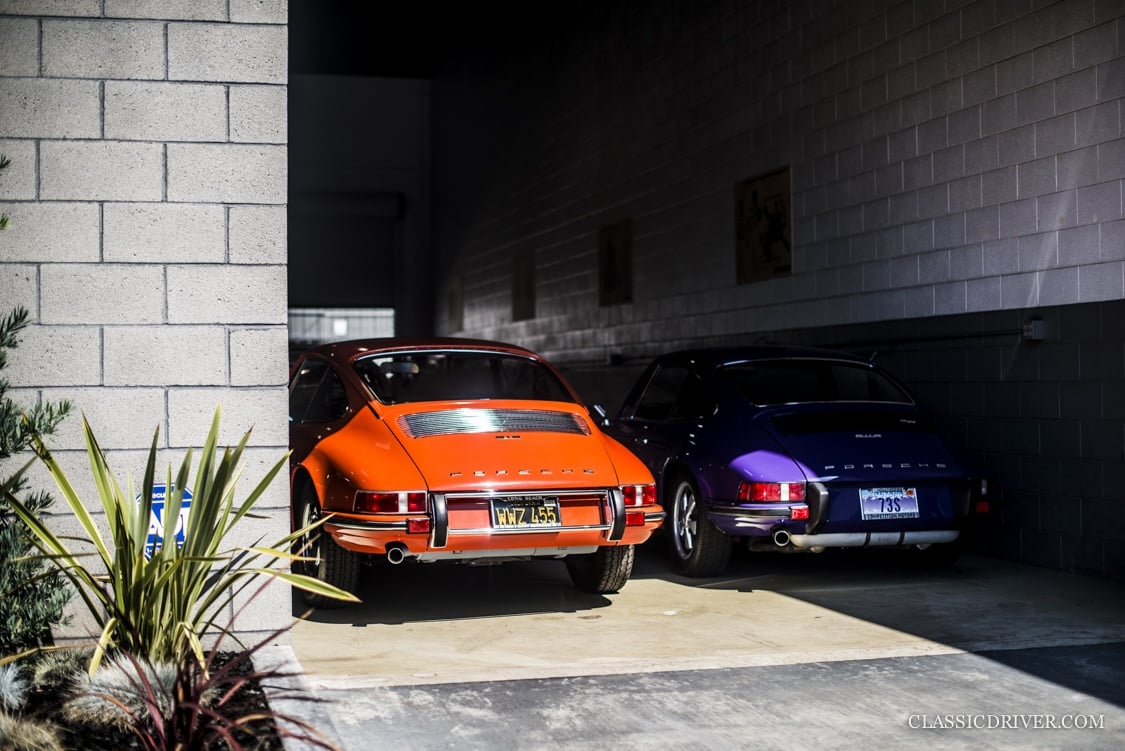
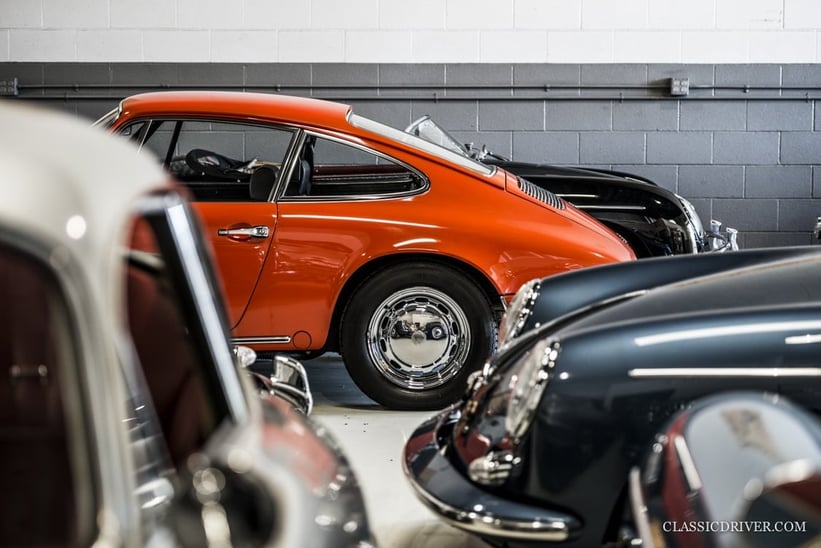
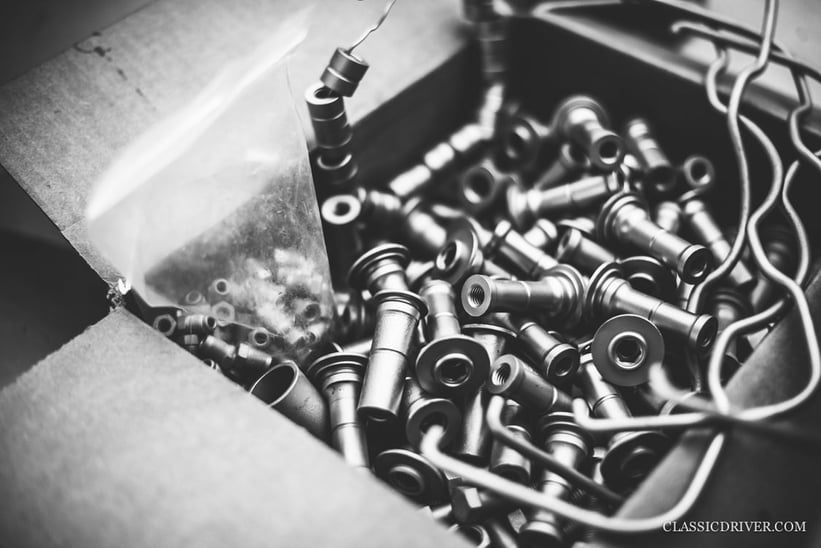
What is your earliest automotive memory?
My dad was a car enthusiast. Since the early ’50s, he drove a Rolls-Royce or Bentley as his personal car — not because he was a show-off but because he appreciated the quality and longevity of those cars. No one knew then what a Rolls-Royce or Bentley was. Everyone just thought they were funny-looking cars. My first car memories are riding in my dad’s 1957 Silver Cloud 1. It was Sand Metallic over white and had a red leather interior. I still remember the smell of the Connolly leather.
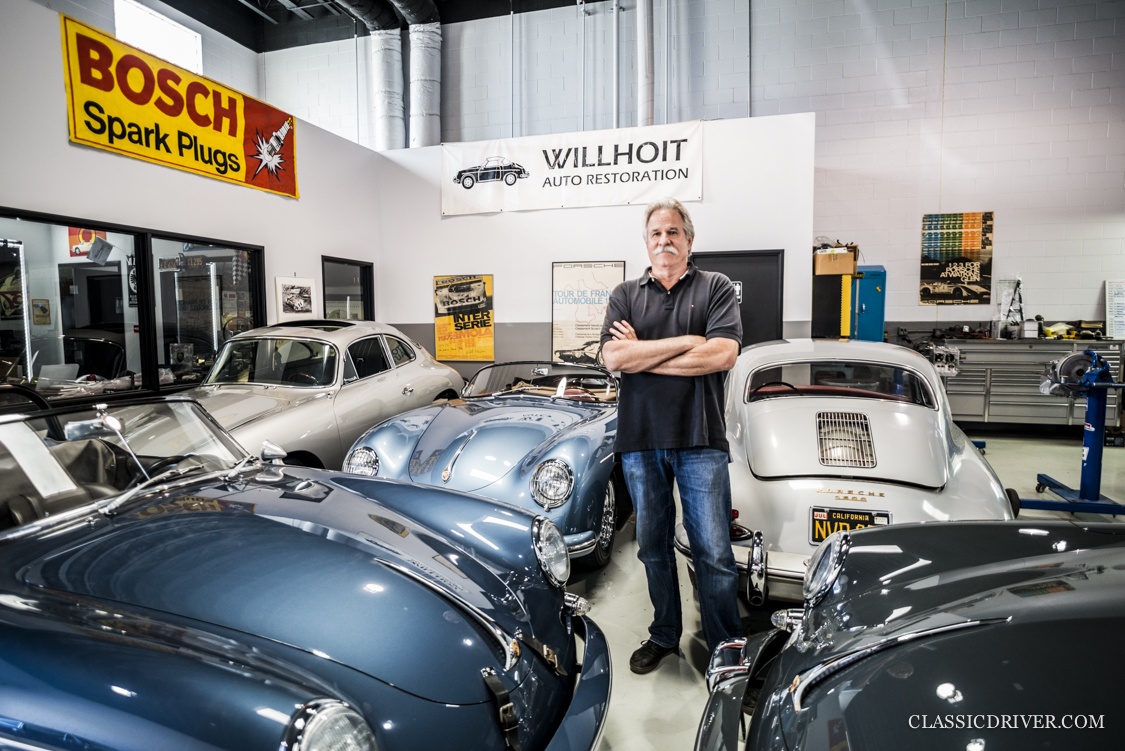
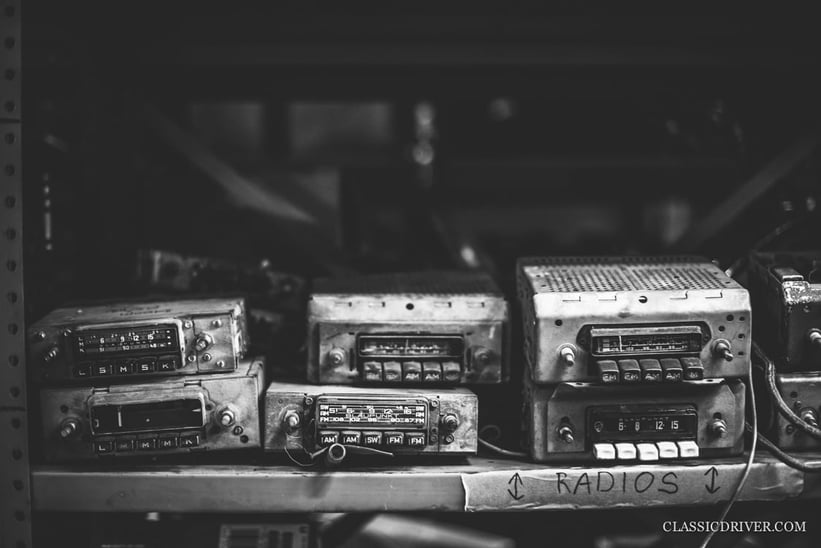
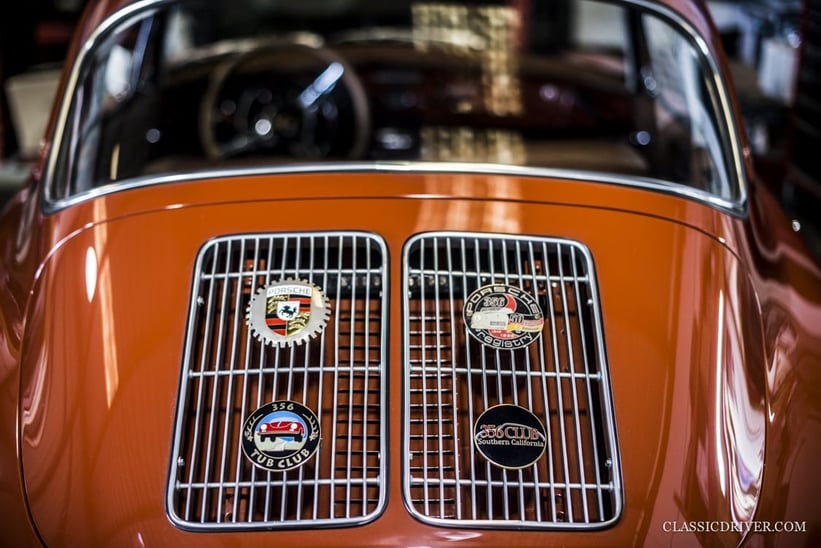
Where did your passion for Porsches come from?
My first memory of a 356 was seeing one for sale at Ricketts Motors in Long Beach in 1965. I was also an avid reader of Road & Track magazine, even before I had my license, and I always had a fascination for Porsches. In 1967, my dad and I went to the races at Riverside, and I remember seeing the 356s and early 911s race. The 356 four-cams sounded incredible.
Then, in high school, I was on a golf team, and the manager at the golf course where the team played owned a 1957 Porsche 356 Coupé. He asked if he could drive my 1959 Alfa Romeo Giulietta Veloce Spider and I agreed — if he’d let me drive his Porsche. He drove my Alfa like a crazy person around the neighbourhood! When we got back to the golf course, I asked for the keys to the Porsche, expecting to drive it. He said, ‘Are you crazy? I’d never let you drive my Porsche!’ But he did agree to give me a ride in the car, and I was immediately hooked. I loved the sound, the smell, and the way the car felt on the road, and I knew I had to start saving my money to buy one.
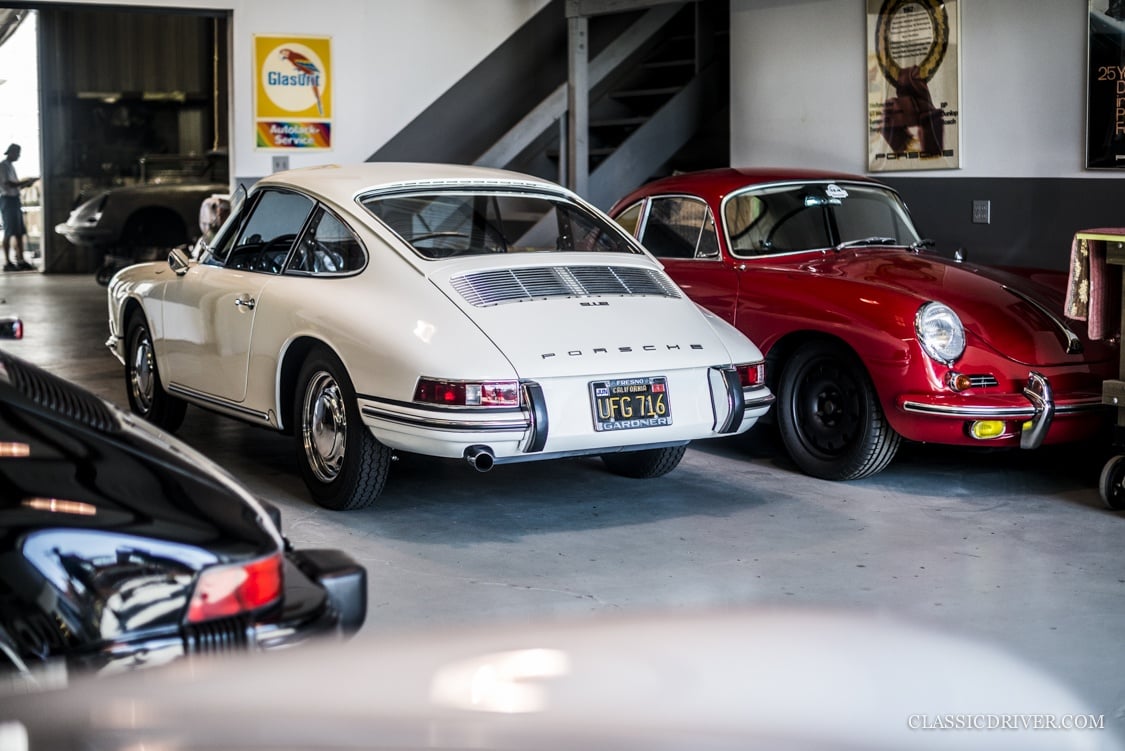
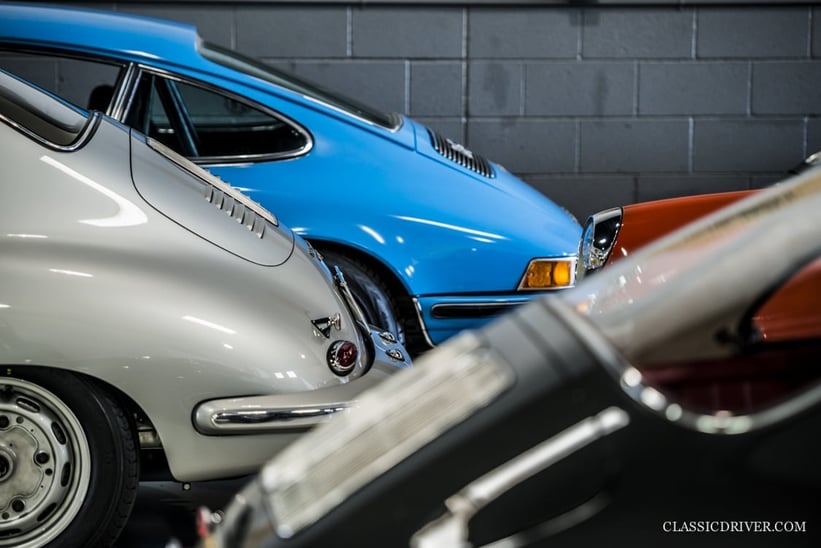
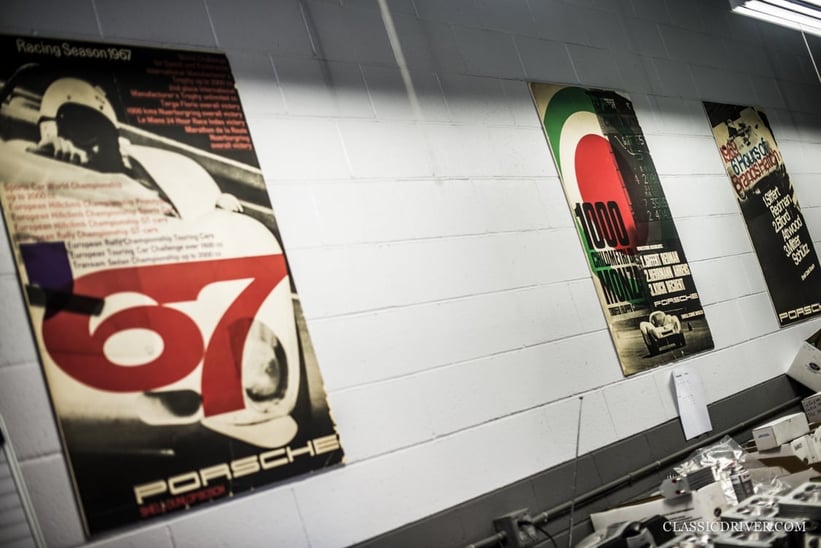
How did Willhoit Auto Restoration come about?
I have a bachelor’s degree in finance from the USC Marshall School of Business. During my last year of college, I started buying, restoring, and reselling Porsches. I’m not a suit and tie kind of person, and I decided to continue the business with Porsches when I graduated. My business is basically a hobby that got out of control. I never worked at another shop, and I’ve never been officially trained in any aspect of restoration. I have done all aspects of the work, from the metalwork and mechanical and electric work to paint and upholstery, and I learned everything by reading lots of books and asking lots of questions. I never set out specifically to own one of the best Porsche restoration workshops, but I’m very, very particular and have an obsessive attention to detail, so this has driven my business.
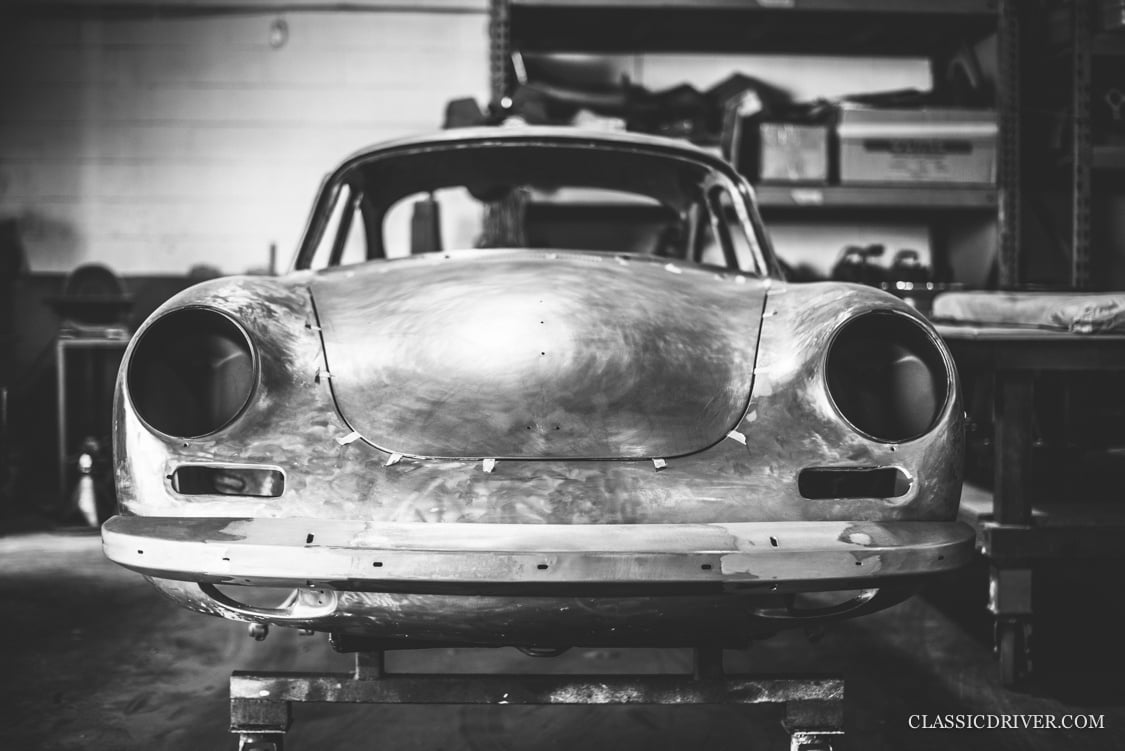
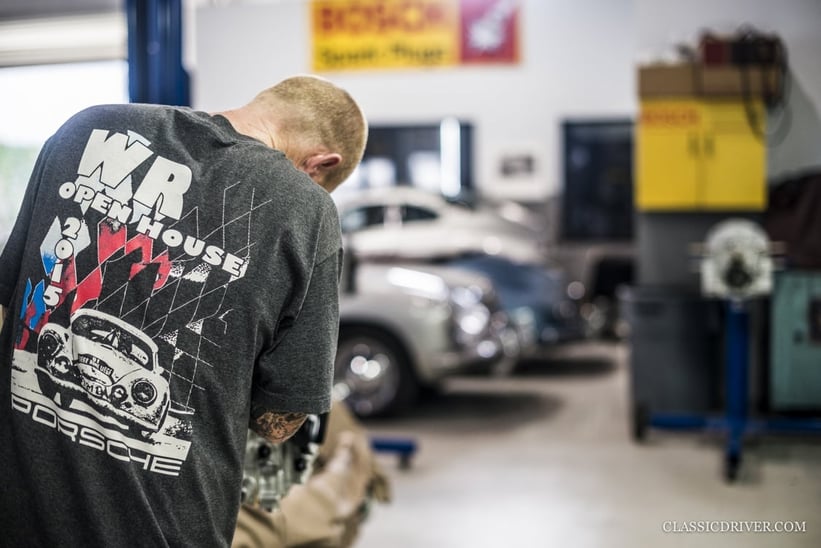
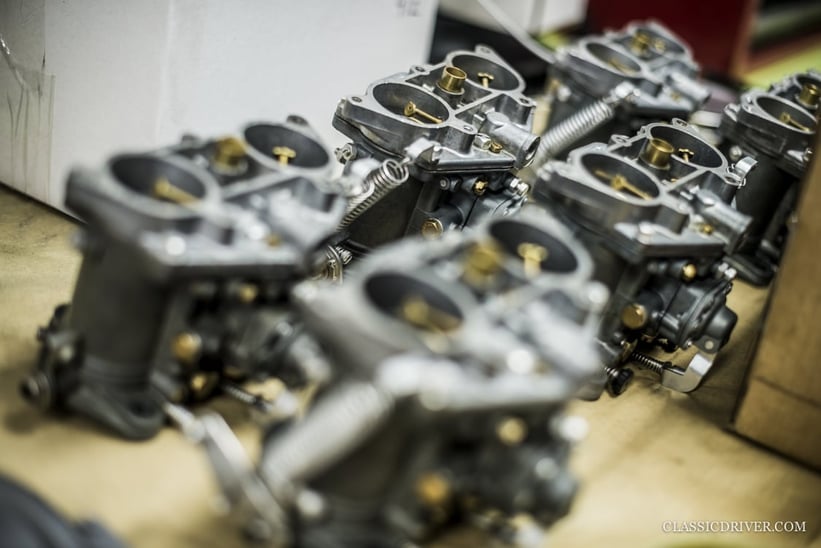
Do you prefer to do complete restorations or to leave some patina?
I have always loved original cars, and to me, original paint and an original interior are always preferred over a complete restoration, providing the owner is comfortable with a look that isn’t perfect. Because, after so many years, none of them are perfect.
I have always tried to do what the customers want, but I will often talk customers out of a complete restoration if the car still looks acceptable. This only applies to the cosmetic qualities of the car, though. None of the 356s or early 911s can be driven safely without first going through a complete restoration of the running gear. I have no problem with mechanical upgrades that make the cars better. We install dual circuit brakes, three-point seat belts, do engine and transaxle upgrades, etc. These all make the early cars safer and more fun to drive — and they’re things that can easily be returned to stock.
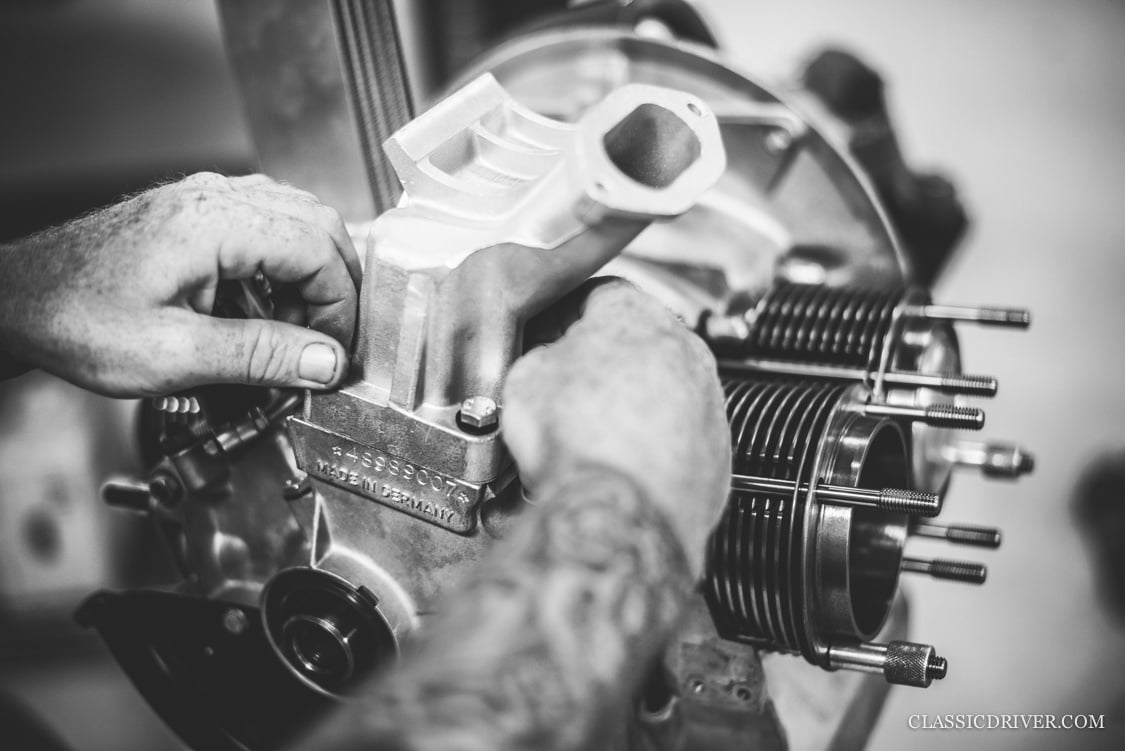
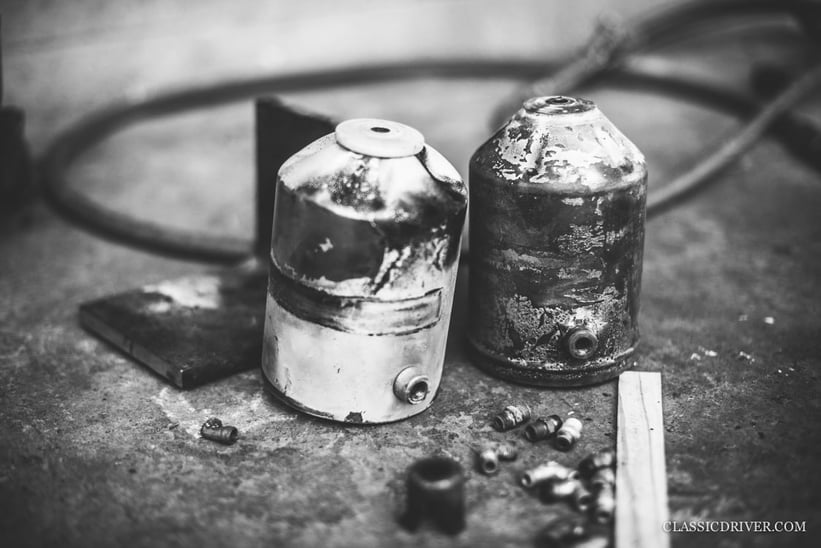
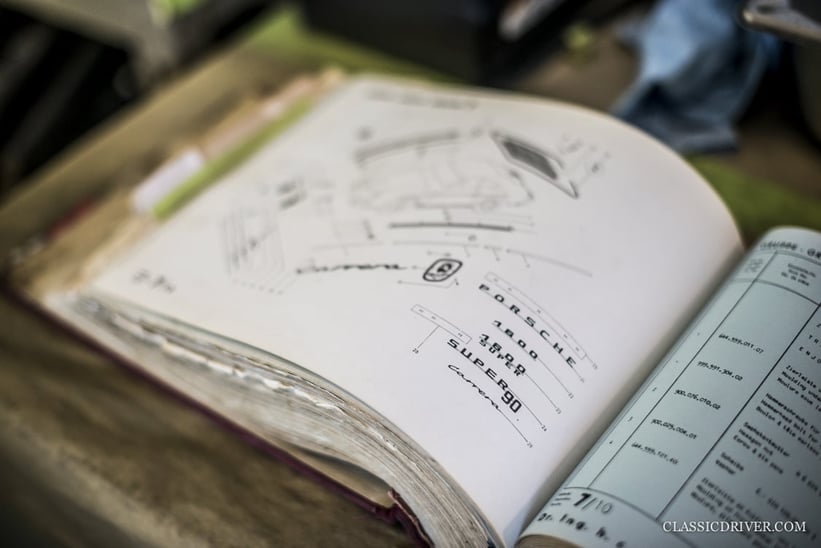
Do you ever disagree with how an owner wants their car to be restored?
My business is providing a service to Porsche owners, and what the owner wants and is paying for is what drives the business. I will make suggestions and recommendations to the owner, usually in regards to resale value, but ultimately, it’s what the customer wants.
We have customers who own original ‘preservation’ type cars and others who drive their cars many miles. We’ve built perfectly original cars and highly modified cars. We do more highly modified ‘Outlaw’ type cars, with fuel injection and body modifications. These cars are fun, but when the owner takes this on, they need to consider whether someone else will pay for a car that is ‘personalised’ beyond the point of turning it back to original.
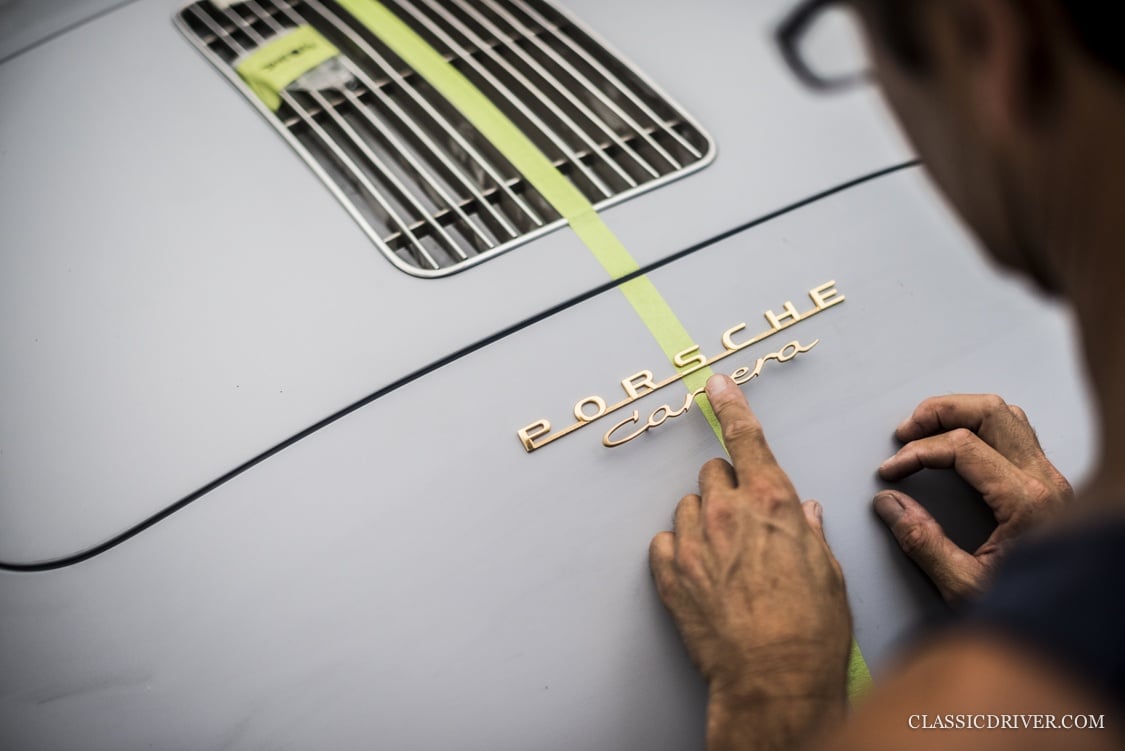
Your workshop is well known for its engine preparation and tuning, and you've even developed your own ‘Willhoit flat-four engine’. Can you tell us more about this?
I’ve developed a 1,925cc and 2,132cc engine, which are based on the stock 1,600cc. They look completely stock and are solid street engines that can be used for many miles — just like a stock engine but with much more power. They both have a power curve that is similar to stock and are not higher revving engines than stock. The 1,925cc engine will produce over 125hp and 130ft/lb of torque, and the 2,132cc engine will produce over 145hp and 150ft/lb of torque. These are conservative numbers corrected to new SAE.
What are your thoughts on the Fuhrmann engine?
The four-cam engine is very interesting, and at the time, it used the most proven components and design. It wasn’t a cutting-edge design when new, but it was built as an endurance racing engine with proven components that would hold up in endurance racing. It’s a difficult engine to work on because parts are not generally available (they never were), and the cam timing and drive gear lash adjustment are time-consuming and somewhat complicated. It’s definitely not a high-output engine. What makes the four-cam engine, and all the four-cam cars, very collectable and interesting is that they are truly exotic. When new, the Carrera models were at least 30% more than the normal cars and the production numbers were very low. The Fuhrmann engine is a part of Porsche history.
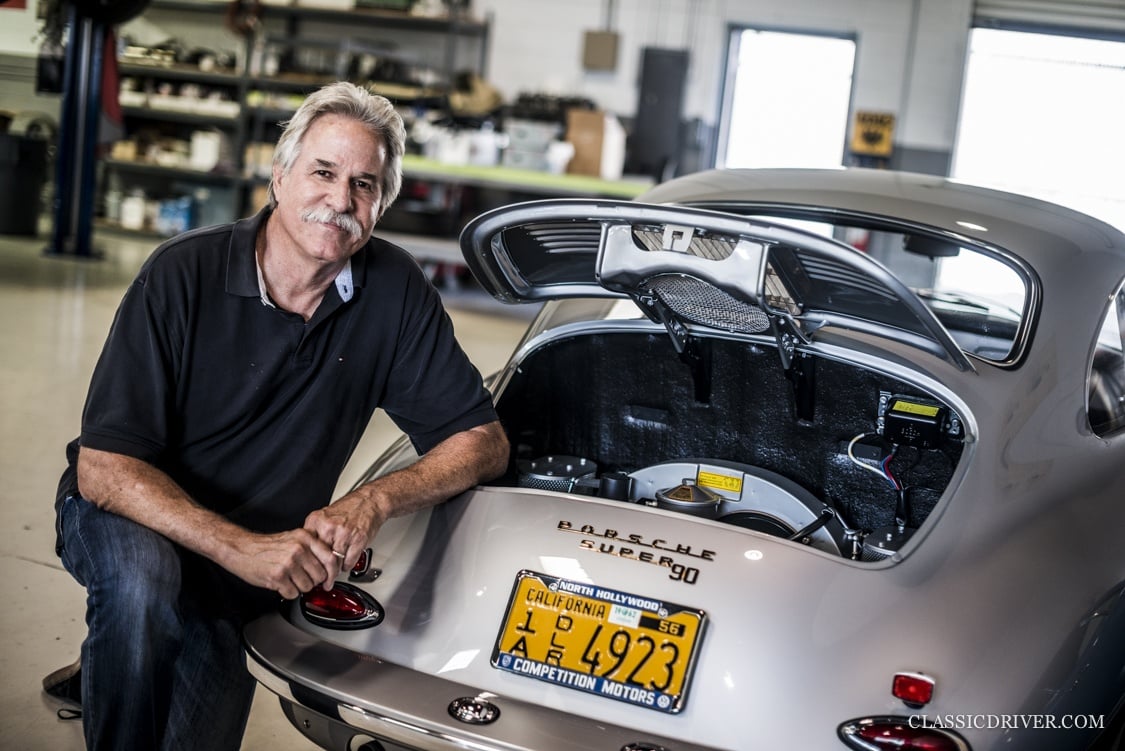

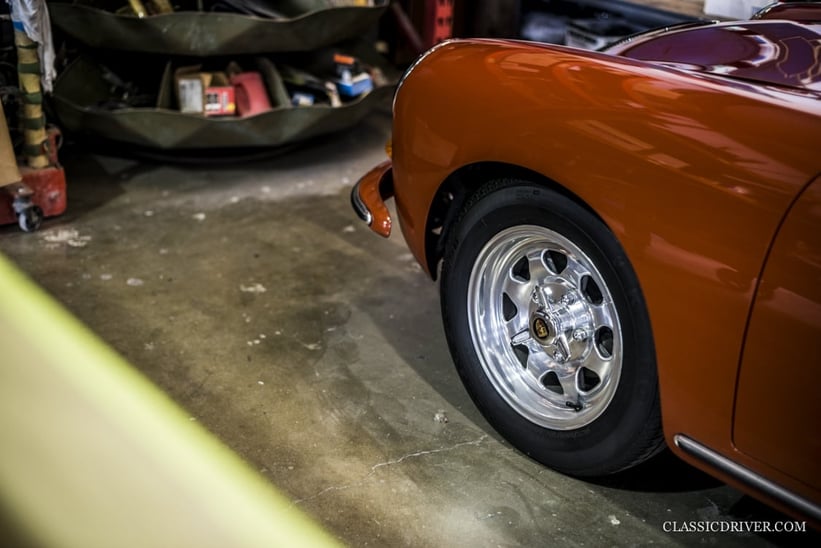
Regardless of budget, what would be your dream Porsche?
To me, the ultimate vintage Porsche is the ’59 365 GT Speedster. I owned one once but sold it to invest in the business. If I had it now, I’d probably be afraid to drive it. But my plan is to build an exact replica with a 904 engine that I have. That will be a fun car!
What cars do you have in your garage?
I hate it when guys list the cars they own. Let’s just say I have a small collection.
Photos: Rémi Dargegen for Classic Driver © 2018









































